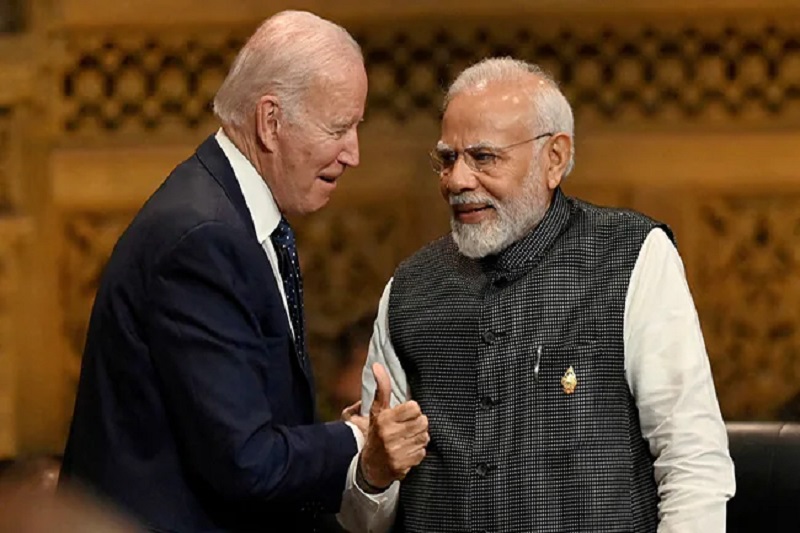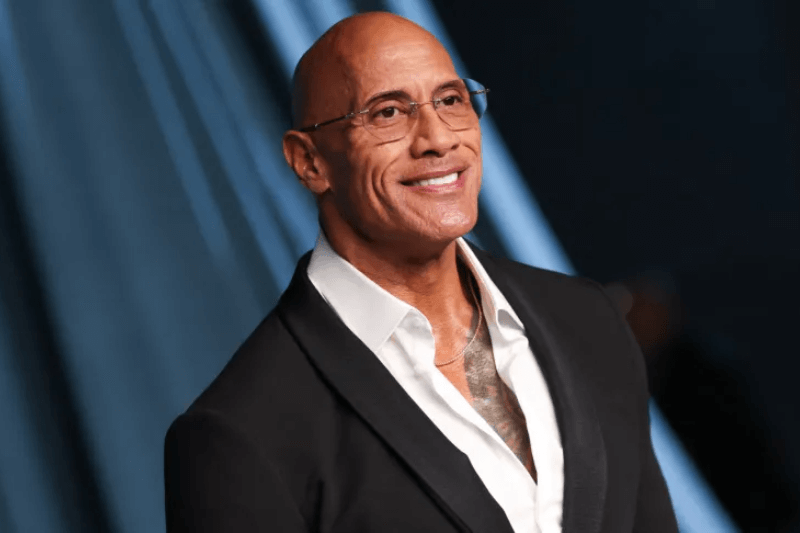
What’s behind the grandeur displayed by the Biden administration during Modi’s US visit?
Narendra Modi’s first-ever state visit to the US included an address to the joint session of Congress and a state dinner. The Biden administration went to extraordinary lengths to welcome the Indian prime minister with pomp and grandeur.
But a June 28 op-ed on the Geopolitical Monitor took a unique angle to explore. According to the piece, the administration’s apparent courtship of Modi involves a desperate desire to establish an alliance aimed at driving a wedge between New Delhi and Moscow, while simultaneously countering China’s growing influence.
Washington left no stone unturned in highlighting India’s strategic importance. With a number of agreements spanning from space, defence and semiconductors to critical minerals, telecommunications and core technologies, Modi’s visit is potentially one of the most important foreign policy ventures in the Asian country’s recent history.
Keep Reading
The trip was granted an exceptional treatment by the Biden administration. But behind all the positive vibes and gestures, there is the US’s strategic interest in drawing India closer within its manufacturing and defence sphere. The move is possibly aimed at reducing New Delhi’s reliance on Russian military equipment, in addition to enabling the diversification of US supply chains away from China.
Under the Trump administration, the US generously granted India STA-1 status, effectively facilitating the export of high-technology products from American companies to their Indian counterparts. This high-technology partnership has further deepened under Biden.
Moreover, Washington and New Delhi have witnessed a visible transformation in their relationship over the last few years. Their strengthening partnership involves a range of initiatives, such as the I2U2 (including Israel and the UAE) and Quad (involving Australia and Japan). There also exist several forums for trade policy, economic and financial partnership, commercial dialogue, and CEO interaction, like the Strategic Clean Energy Partnership.




